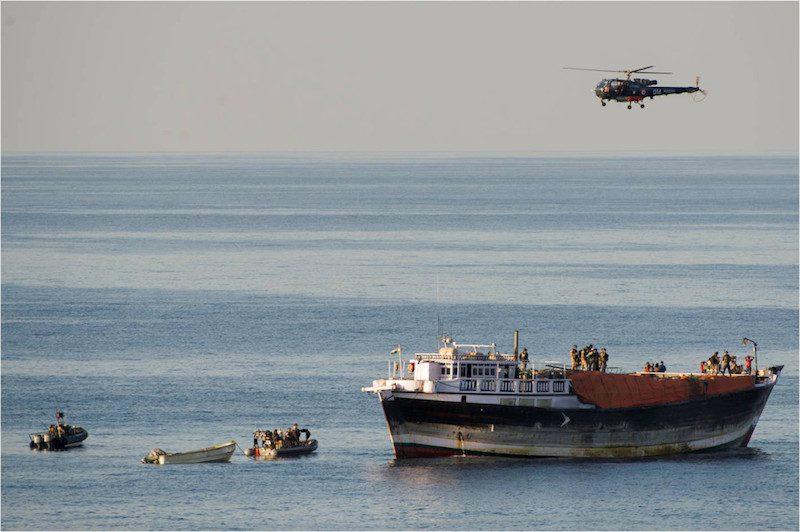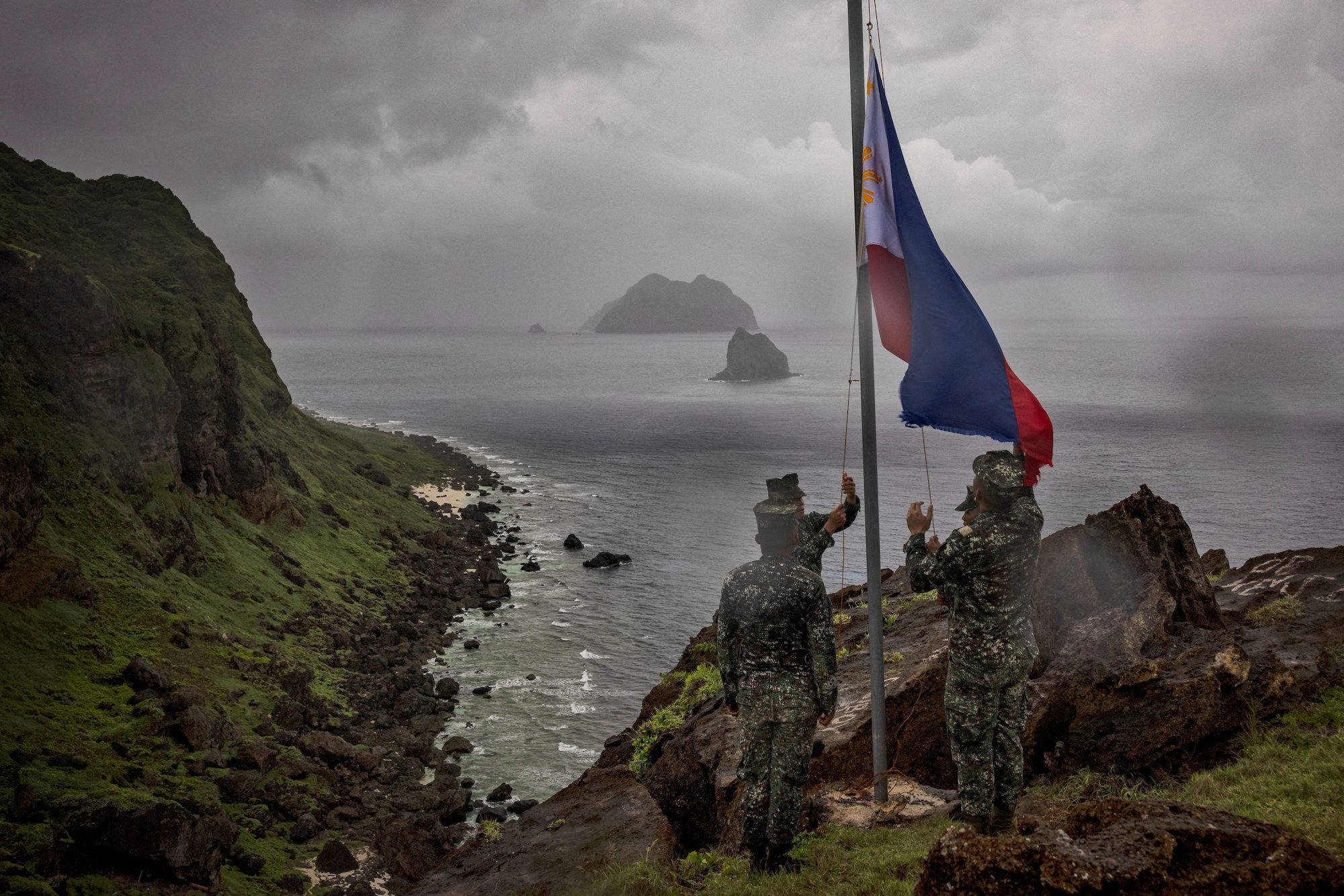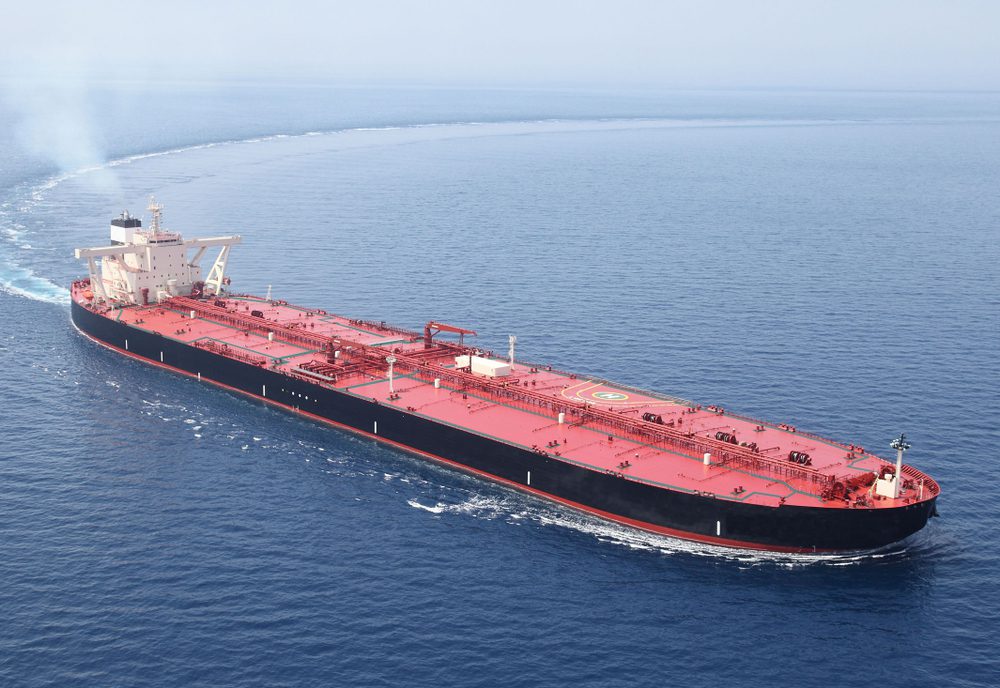On Saturday 18 January 2014, the French EU Naval Force (EU NAVFOR) Somalia Operation Atalanta flagship FS Siroco in cooperation with Japanese assets released the crew of a Dhow that was suspected to have been used as pirate mother-ship. Photo courtesy EUNAVFOR
 By Peter Apps
By Peter Apps
LONDON, May 7 (Reuters) – The cost of Somali piracy to the global economy fell by almost half last year as attacks slumped, but piracy in West Africa was on the rise, an annual security report said on Wednesday.
The Oceans beyond Piracy report put the total cost of Somali piracy – by far the largest single threat to international shipping in recent years – at only $3.2 billion in 2013.
There were still at least 50 hostages in Somali captivity in desperate conditions, held on average for most three years each, the report said.
Gauging the level of threats in the Gulf of Guinea was difficult because of incomplete reporting but it was clear that rising numbers of seafarers were being kidnapped, it said.
At the height of Somali pirate attacks in 2011, up to a dozen or more merchant ships were being held captive at any one time, often for multimillion-dollar ransoms.
SEE ALSO: Worldwide Piracy At Lowest Level Since 2007
Since then, growing use of private security details and the presence of international warships have largely prevented successful attacks. No large vessels were seized in 2013.
“The efforts of the international community and the shipping industry have considerably reduced the threat of Somali piracy,” says Jens Madsen, one of the report’s authors. “But we have yet to achieve the goal of … zero vessels captured and zero hostages held.”
Only a tiny proportion of the money spent on Somali piracy was being used for permanent solutions onshore, the pirates’ launching pad for attacks on passing ships, the report said.
The lost majority of the funds was used for private security contractors and insurance premiums.
PIRACY DIFFERENT IN WEST AFRICA
Shipping companies, which in the past used larger and more costly teams and took expensive steps such as rerouting vessels and traveling at greater speed, were increasingly turning to smaller groups of armed personnel, the report said.
Somali pirates were increasingly attacking local fishermen and smaller craft, often hoping to use their vessels to attack larger ships.
In West Africa, tackling the attacks was complicated by the lack of regional cooperation and information sharing, it said.
“Piracy in the Gulf of Guinea is fundamentally different (from) events taking place in the Indian Ocean,” said Madsen.
“We observe… a high degree of violence in this region,” he said. “The constantly evolving tactics of West African piracy make it extremely difficult to isolate it from other elements of organised crime.” (Reporting by Peter Apps; Editing by Tom Heneghan and Eric Walsh
The Full OceansBeyondPiracy Report can be found on its website.
Further Reading: Kidnapped Off Nigeria, an American Ship Captain Unveils the Truth
(c) 2014 Thomson Reuters, All Rights Reserved

 Join The Club
Join The Club











